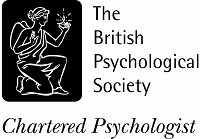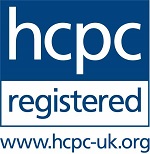Autism and diagnosis: What you need to know
The world of being diagnosed with autism at any age can be a daunting prospect but also a relief. A full summary can be found here https://www.autismspeaks.org/what-autism/diagnosis/dsm-5-diagnostic-criteria to understand the intricacies of the presentation.
While ASD (Autistic Spectrum Disorder) is relatively rare compared to other developmental disorders, it is more common than previously thought and quite significant in terms of impact and resource needs.
There is a general consensus that appropriately targeted early intervention improves outcome for children with ASD. Increased diagnostic accuracy is therefore expected to have a greater impact on the success of individualized early intervention and education programs.
It is recommended that a diagnostic evaluation for ASD should include a formal multidisciplinary evaluation of social behaviour, language and nonverbal communication, adaptive behaviour, motor skills, atypical behaviours, and cognitive status by a team of professionals experienced with ASD. With regard to specific diagnostic information, it is recommended that the diagnostic process include measures of parental report, child observation and interaction, and the use of clinical judgment.
The large number of behaviours that define ASD and the variability seen between individual children, even within the same diagnostic category, increases the likelihood that inaccurate decisions about diagnosis and classification may be made by those with less training and experience.
The Autism Diagnostic Observation Schedule (ADOS)
is one of the few standardized diagnostic measures that involves scoring direct observations of the child’s interactions and that accounts for the developmental level and age of the child. The ADOS is recommended in several Best Practice Guidelines as an appropriate standardized diagnostic observation tool. It includes a standardized administration of interactive activities introduced by the examiner, designed to elicit social interactions, communication and repetitive behaviours for the purpose of diagnosing an ASD. The measure takes 30 to 60 minutes to administer. Activities vary based on the language level and chronological age of the child. For each task, a hierarchy of “presses” or social structures is provided. During the first administration of a task a child is able to take as much initiative as possible; if this does not occur, the examiner gradually makes the tasks more specific and increasingly structures the situation to observe the child’s response. The ADOS is standardized in terms of the materials used, the activities presented, the examiner’s introduction of activities, the hierarchical sequence of social presses provided by the examiner, and the way behaviours are coded or scored.
Due to the complexity of diagnosing individuals with autism, the ADOS is now considered the “gold standard” in being able to identify those individuals demonstrating ASD. In terms of diagnosis, the advice is the earlier the better.
Should you require any further information or would like to speak to me about a diagnosis please do not hesitate to get in touch as I’m fully trained in administering the ADOS.



